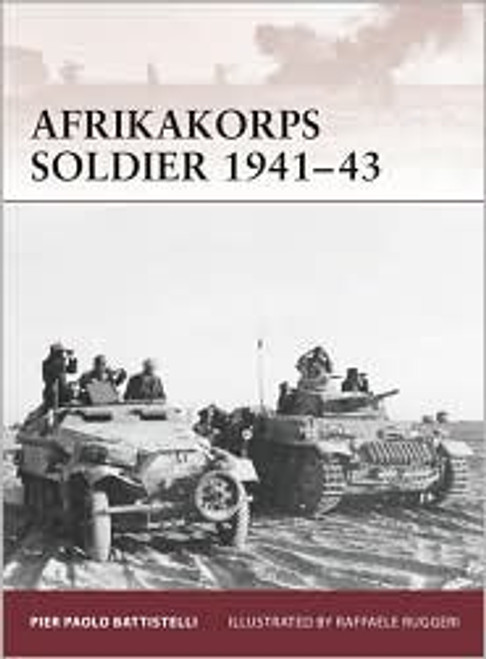Description
Great Book by Osprey Publishing. 64 pagesThe US naval aviator of World War II played a pivotal part in the winning of the war. From the warm waters of the Pacific to the icy conditions of the Bering Sea, the Naval aviator was on hand to fight the enemy in any and all conditions. In its infancy the admirals in command of the US Navy saw naval aviation as something of an experiment. The early aircraft were frail and able to fly only in perfect conditions. It was hoped that eventually aircraft would be able to provide long range observation for battleship gunnery and scouting services to locate the enemy. Few officers in the US Navy were able to foresee that in less than 25 years the aircraft was going to be the most decisive tactical weapon of World War II. Between 1940 and 1942 the training of the naval aviator lasted eleven months, divided into five separate and distinct phases. From phase one, known as the Elimination or "E" base for short, through to final assignment to a carrier based squadron, the training was demanding and unrelenting. The testing of the new pilot's mettle continued into the air operations as well, with "humiliation teams" composed of four members that would test the new" pilots in dog fight situations, proving to the new "hot shots' that they still had a lot to learn about being fighter pilots. This title examines the life and experiences of the US Naval Aviator in all three types of carrier squadron - fighters (VF), dive-bombers (VB) and the torpedo squadrons (VT). From recruitment to battle, the detail of what it was like to fly and fight for the US Navy is brought vividly to life.











